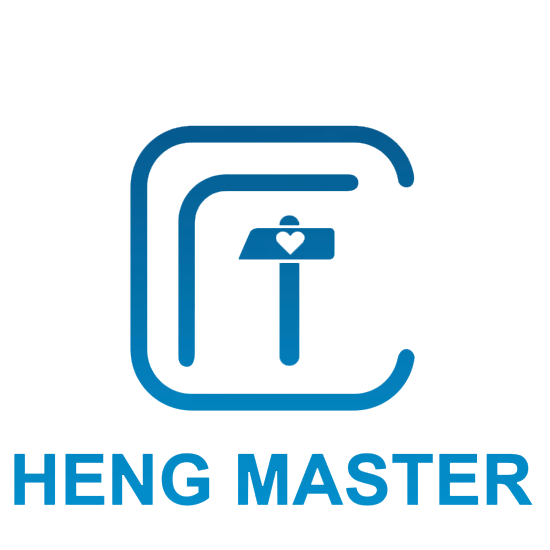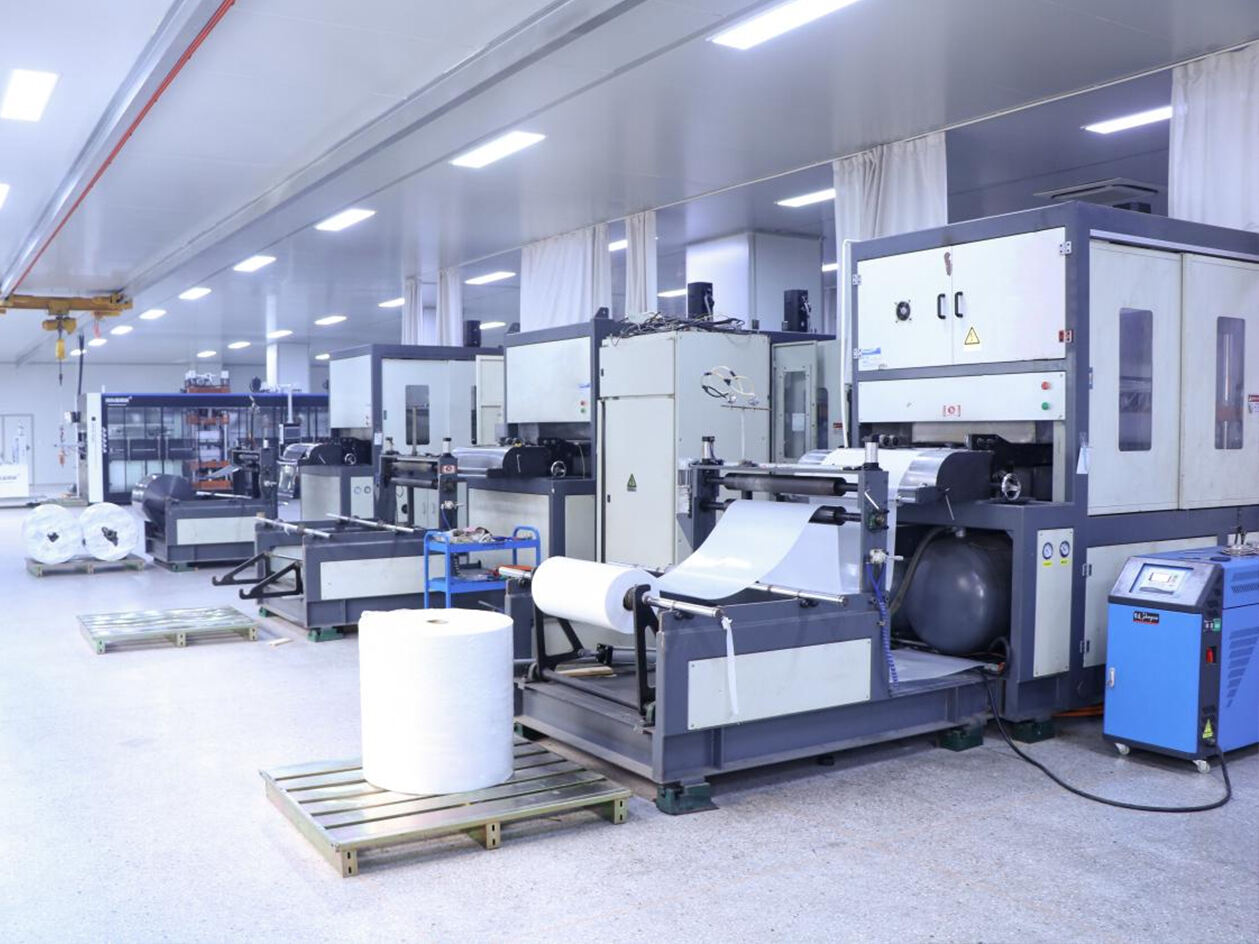With the right custom plastic packaging, you can gain a major advantage in today's business environment. In this article, I will discuss five key tips that will help you enhance your packaging, safeguard your item, and exceed anticipations set by the customers. These tips are made to assist you in achieving the best packaging solution for your business, from material selection right down to eco-friendliness.
1. Understand Your Product Requirements
It is recommended to understand your product requirements before rushing to the design stage of your custom plastic packaging. Consider the dimensions, mass, and the sturdiness of the items being packaged. For instance, robust products will need thicker plastic, whereas delicate items will need additional cushioning features. In addition, how the packaging will be handled should also be considered from a functional point of view – will it be resealable, or will it be easy to open? Knowing these requirements will assist you in selecting the proper type of plastic and design for your packaging.
2. Picking the Right Kind of Plastic
Each type of plastic has different properties that can be used for custom packaging. Some of the more common polyethylene (PE) polypropylene (PP) and polyvinyl chloride (PVC). Polyethylene is used for flexible packaging, and polypropylene works best for rigid containers. PVC is best known for clear packaging solutions. Evaluate the features of every type of plastic and pick the one that best matches the requirements of your product, and your marketing plan.
3. Adopt Sustainable Options First
In the design world, sustainability is heating up, and packaging is no exception. As an eco-friendly alternative, use recyclable or lost cost materials or even biodegradable plastics. Moreover, think about using no-frills packaging in order to eliminate waste. Focusing on sustainability not only helps win over customers, but also allows brands to take a leadership position in social responsibility.
4. Invest in Quality Design
Custom plastic packaging is one of the first touch points for consumers. Thus, the beauty of its design has the potential to capture their attention. Besides looking good, the packaging should also serve its purpose. Pay attention to brand elements like logos and colors—they should be visible and prominently placed. Furthermore, pay attention to the shape and structural design of the package. Distinctive forms can differentiate your product on the retail shelf. Professional designers will balance decoration and utility so that your packaging is visually attractive and serves its purpose.
5. Test and Iterate
In the case of custom plastic packaging, it is important to put it through rigorous testing once it has been designed. For example, conduct stress tests to see if the packaging can endure the rigors of handling and shipping without damaging the product inside. Gather feedback from customers as well as other stakeholders on what can be improved. Iteration is necessary; adjust what needs to be changed based on actual usage and feedback. This process helps in fine tuning the packaging and optimizing it for quality.
To wrap things up, to come up with the best custom plastic packaging for your products, you will need to consider the requirements of your product, the kind of plastic to use, sustainability measures, the aesthetic value of the packaging, and extensive product trials. Adopting these measures ensures that you achieve packaging that protects the packaged product and improves the company's image while satisfying the needs of consumers. Also, keeping your business one step ahead of these changes will drive success now that the market is moving towards sustainable and innovative packaging solutions.

